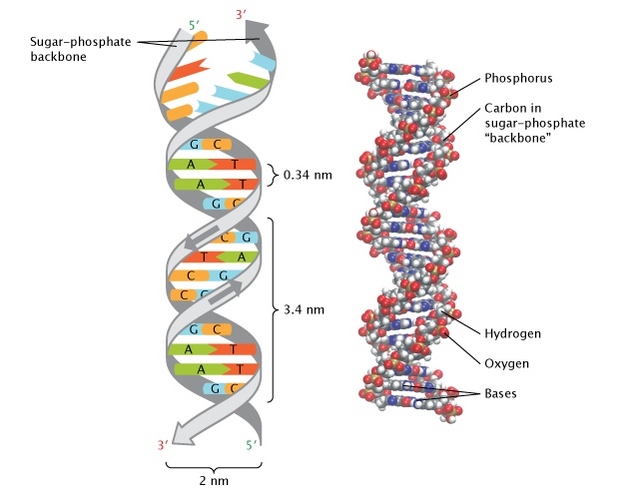I attended The Origami Revolution, which explored an interesting intersection of math
and art. While origami appears to be solely an aesthetic practice, it has applications in
engineering, biology, and robotics. Additionally, while traditional origami was motivated
by human creativity, now geometry, proofs, and computer modeling are creating intricate
crease patterns that take the capabilities of origami to a new level.
One person spotlighted was Tomohiro Tachi, an engineer and architect by training. Tachi
is currently working on perfecting a computer program Origamizer that can generate a
crease pattern for any object, effectively demonstrating that any 3D shape can be
generated by folding a flat piece of paper. This work relies on various proofs that show
shapes can be folded out of a sheet of paper. This was especially interesting to me as the
math I do is proof based, but focused on learning how to reprove things that are already
considered truth. It's cool that Tachi is working to prove something that has not yet been
shown, especially since it is out of the realm of typical mathematics. In an interview with
Demi Fang, Tachi says that interdisciplinary collaboration is dependent on “learning each
other’s “language [and] way of thinking.”
Teapot by Tachi (Venezian)
Additionally, I was interested in the work by Vincent Floderer. Unlike Tachi, Floderer was
first educated in the arts and wanted to pursue sculpting. However, his origami practice is
very focused on replicating organic structures, and can be seen as a form of biological
research and exploration. In an interview with Don Stewart, Floderer “explained that the
art has scientific, mathematical and theoretical applications...even for unlocking the
secrets of the mysterious designs we find in nature.” In order to mimic the plants and
fungi he observes, Floderer uses a crumpling, rather than folding technique that creates
thousands of tiny creases.

Organic Origami (Jerde)
The work of these two origami creators gives hope for bridging the divide between the
Two Cultures spoken about by C.P. Snow. While one started in science and the other in art,
both have found their way to the same interdisciplinary study, and are adamant about
applying their work across fields.
I would recommend this event as it clearly bridges the traditional gap between math and
art. Also, it goes into applications in many fields, so anyone could find something that
interests them and relates to their field of study.
Selfie from Waiting Room (Smith)
Sources:
Fang, Demi. “What I am thinking: origami artist and mathematician Tomohiro Tachi.” Form Finding Lab, https://formfindinglab.wordpress.com/2018/10/09/what-i-am-thinking-origami-artist-and-mathematician-tomohiro-tachi/. Accessed 20 April 2021.
Jerde, Eric. “Vincent Floderer, Viereck Verlag Exhibition.” Origami Tessellations, https://www.origamitessellations.com/2012/02/a-visit-with-vincent-floderer/. Accessed 20 April 2021.
Smith, Marlene. Selfie. 2021.
Snow, C.P. “The Two Cultures and the Scientific Revolution.” Cambridge University Press, 1961, pp. 1-58.
Stewart, Don. “Origami: It's not just for cranes anymore.” Greenfield Recorder, https://www.recorder.com/Archives/2015/03/AE-040215-GR-stewart-orgami. Accessed 20 April 2021.
Venezian, Warhaftig. “Origami Teapot, Tomohiro Tach.” Treasures of Origami Art, http://www.giladorigami.com/Tikotin/MA_Tachi.html. Accessed 20 April 2021.













